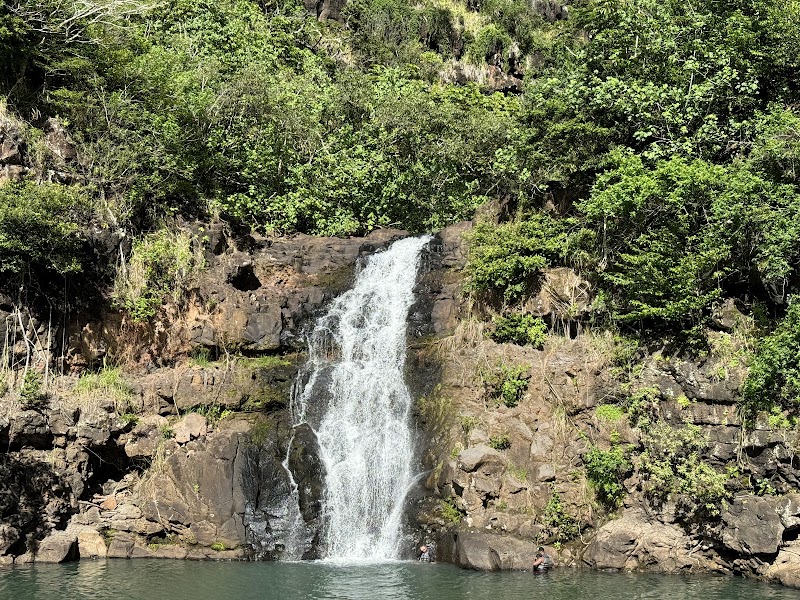
Waimea Valley Preserve Adventures
Waimea Valley Preserve is a lush cultural and botanical sanctuary on the North Shore of Oahu, Hawaii, offering visitors scenic walks, native Hawaiian cultural sites, and a stunning waterfall.
About Waimea Valley Preserve

Waimea Valley Preserve occupies a 1,875-acre area located on the North Shore of Oahu, Hawaii. It features stunning botanical gardens showcasing over 5,000 plant species including native Hawaiian flora and tropical plants. The valley's geography consists of fertile floodplains and a stream that feeds Waimea Falls, a 45-foot waterfall accessible via a gentle, paved 0.75-mile trail. Waimea Valley serves as a significant archaeological and cultural site with remnants of ancient Hawaiian terraces, temples (heiau), and petroglyphs, reflecting its historical importance as a center for religious and agricultural practices. Managed by the non-profit organization Waimea Valley Audubon Center in partnership with local iwi (tribes) and cultural practitioners, the preserve provides visitors with educational programs, cultural demonstrations, and guided walks. Key recreational activities include hiking, bird watching, botanical exploration, and swimming in the pool beneath Waimea Falls during designated periods. The valley is also home to numerous native bird species, butterflies, and rare plants. Visitors experience both ecological richness and deep cultural heritage, making it a unique outdoor destination on Oahu. The grounds are carefully maintained to protect native ecosystems and honor ancestral Hawaiian traditions.
Highlights
Waimea Falls – a 45-foot waterfall with a designated swimming area
Ancient Hawaiian heiau (temple) ruins and cultural sites
Extensive botanical gardens featuring native Hawaiian and tropical plants
Interpretive walking trail alongside the Waimea River with informational signage
Notable Natural Features
Waimea Falls
A picturesque 45-foot waterfall with a natural pool that is open for swimming during certain months.
Botanical Gardens
Over 5,000 plant species represented, including native Hawaiian plants and tropical flora.
Ancient Heiau Ruins
Remnants of ancient Hawaiian temple sites offering insight into the valley’s historical religious practices.
